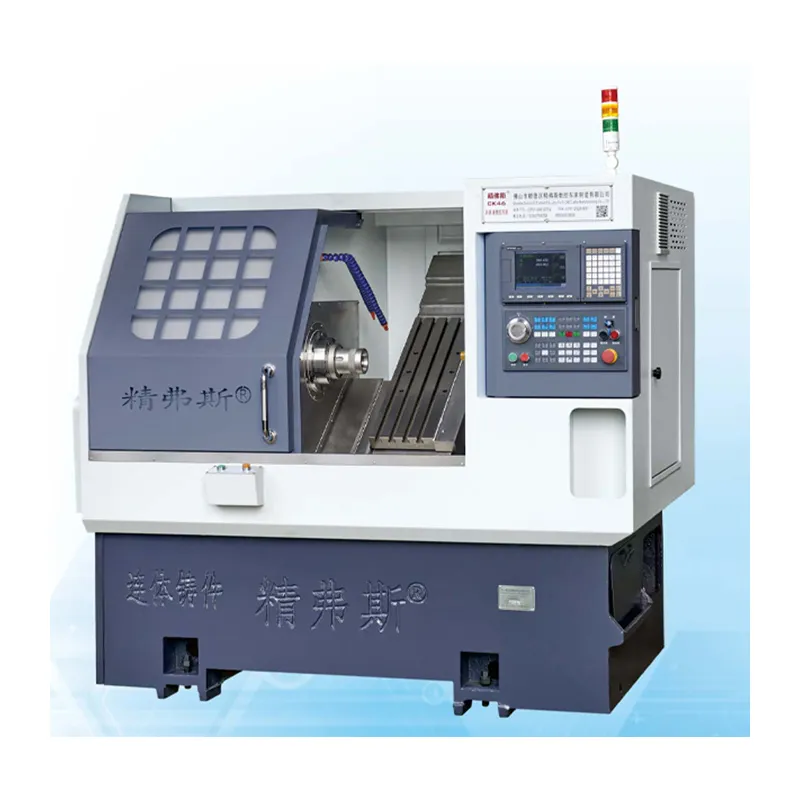 English
English-
 English
English -
 Français
Français -
 日本語
日本語 -
 Deutsch
Deutsch -
 tiếng Việt
tiếng Việt -
 Italiano
Italiano -
 Nederlands
Nederlands -
 ภาษาไทย
ภาษาไทย -
 Polski
Polski -
 한국어
한국어 -
 Svenska
Svenska -
 magyar
magyar -
 Malay
Malay -
 বাংলা ভাষার
বাংলা ভাষার -
 Dansk
Dansk -
 Suomi
Suomi -
 हिन्दी
हिन्दी -
 Pilipino
Pilipino -
 Türkçe
Türkçe -
 Gaeilge
Gaeilge -
 العربية
العربية -
 Indonesia
Indonesia -
 Norsk
Norsk -
 تمل
تمل -
 český
český -
 ελληνικά
ελληνικά -
 український
український -
 Javanese
Javanese -
 فارسی
فارسی -
 தமிழ்
தமிழ் -
 తెలుగు
తెలుగు -
 नेपाली
नेपाली -
 Burmese
Burmese -
 български
български -
 ລາວ
ລາວ -
 Latine
Latine -
 Қазақша
Қазақша -
 Euskal
Euskal -
 Azərbaycan
Azərbaycan -
 Slovenský jazyk
Slovenský jazyk -
 Македонски
Македонски -
 Lietuvos
Lietuvos -
 Eesti Keel
Eesti Keel -
 Română
Română -
 Slovenski
Slovenski -
 मराठी
मराठी -
 Srpski језик
Srpski језик -
 Español
Español -
 Português
Português
How Does CNC Lathe Programming Work?
2024-10-09
CNC (Computer Numerical Control) lathes are sophisticated machining tools used to shape and manufacture parts with high precision. The programming of a CNC lathe is a crucial process that controls the machine’s movements and operations to produce desired shapes and dimensions. CNC lathe programming involves creating a set of instructions, known as a G-code, which tells the machine how to operate. Understanding how this programming works can enhance efficiency, reduce errors, and ensure optimal machine performance. This blog explores the intricacies of CNC lathe programming, including its basic structure, tools used, and best practices.

What is CNC Lathe Programming?
CNC lathe programming is the process of creating commands and codes to control the cutting tool and workpiece in a CNC lathe. The program specifies the tool’s position, cutting speed, feed rate, and the movements needed to create a specific part. The program usually consists of G-codes and M-codes, which define different functions of the machine.
- G-codes: G-codes (Geometric codes) primarily control the tool's movement and position (e.g., linear or circular motion).
- M-codes: M-codes (Miscellaneous codes) handle auxiliary functions such as spindle on/off, coolant control, or tool changes.
These codes are written in a sequence to form a complete program that guides the CNC lathe through various machining processes such as turning, facing, threading, and drilling.
Steps Involved in CNC Lathe Programming
The CNC lathe programming process involves several steps to ensure the desired part is manufactured correctly. Here’s a step-by-step guide to how it typically works:
1. Designing the Part
Before writing the CNC program, the part must be designed using CAD (Computer-Aided Design) software. This design includes all the geometric dimensions, features, and tolerances of the part. The CAD file serves as the basis for creating the CNC program.
2. Creating a Toolpath
The toolpath refers to the route the cutting tool will follow to machine the part. Using CAM (Computer-Aided Manufacturing) software, the programmer generates a toolpath based on the CAD model. The toolpath must consider various factors, including tool type, size, and cutting parameters.
3. Writing the G-Code
Once the toolpath is defined, the programmer translates it into G-code, either manually or using CAM software. This G-code will specify all necessary instructions, such as tool changes, cutting movements, and spindle speed.
For simple parts, manual programming can be effective. However, for complex shapes and intricate geometries, CAM software is more efficient, as it can automatically generate optimized G-code.
4. Simulating the Program
Simulating the CNC program before running it on the actual machine is crucial. Simulation software helps identify potential issues, such as tool collisions, over-travel, or incorrect cutting paths. This step ensures the program is error-free and will produce the desired outcome.
5. Loading and Testing the Program
After verification, the G-code is loaded into the CNC lathe’s controller. Before running the program on a workpiece, a test run, or “dry run,” is performed to ensure the machine follows the correct path without cutting material.
6. Machining the Part
Once the dry run confirms that everything is in order, the program is executed on the actual workpiece. The CNC lathe follows the instructions in the G-code to machine the part according to the specified design.
7. Inspection and Quality Control
After machining, the part is inspected for dimensional accuracy and surface quality. If any deviations are found, the CNC program can be adjusted accordingly.
Best Practices for CNC Lathe Programming
To achieve optimal results and prevent errors, consider the following best practices when programming CNC lathes:
1. Understand Machine Capabilities: Know the machine’s limits in terms of speed, feed rate, and cutting depth. Pushing the machine beyond its capabilities can lead to tool wear, part inaccuracy, or machine damage.
2. Optimize Toolpaths: Minimize non-cutting movements and choose efficient paths to reduce machining time and tool wear. Use canned cycles for repetitive operations such as drilling and tapping.
3. Use Correct Cutting Parameters: Choose cutting parameters based on material type, tool selection, and desired surface finish. Consult tool manufacturer recommendations for optimal speeds and feeds.
4. Include Safety Blocks: Add safety blocks at the beginning and end of the program to cancel any active modes and ensure the machine starts from a known state.
5. Document the Program: Include comments in the G-code to explain each section of the program. This makes it easier to understand, modify, and troubleshoot in the future.
6. Regularly Backup Programs: Keep backups of all CNC programs to prevent data loss and ensure consistency in production.
Final Thoughts
CNC lathe programming is a complex but rewarding process that enables precise control over machining operations. By understanding the structure of G-code, the steps involved, and best practices, operators and programmers can achieve high-quality results with efficiency and consistency. Whether programming simple parts or intricate geometries, mastery of CNC lathe programming is key to unlocking the full potential of CNC technology.
Jingfusi has been producing high quality Slant-bed CNC Lathe for many years and is one of the professional Slant-bed CNC Lathe manufacturers and Suppliers in China. If you are interested, please contact manager@jfscnc.com.




